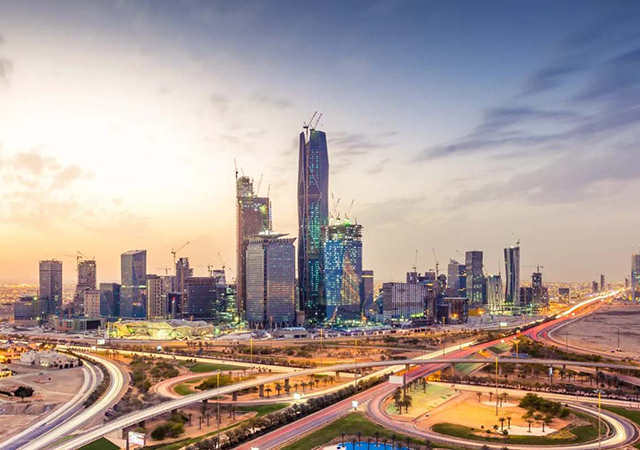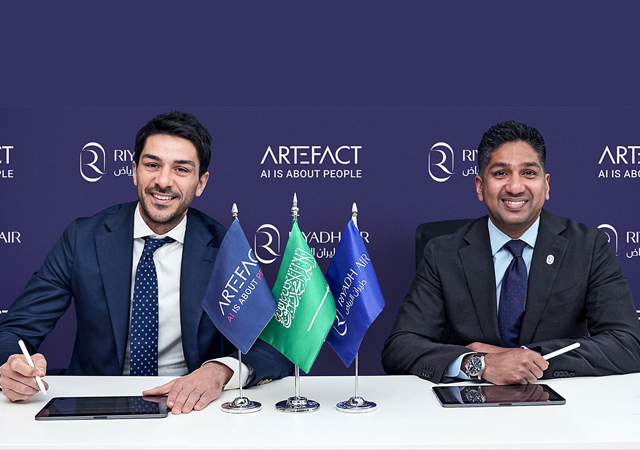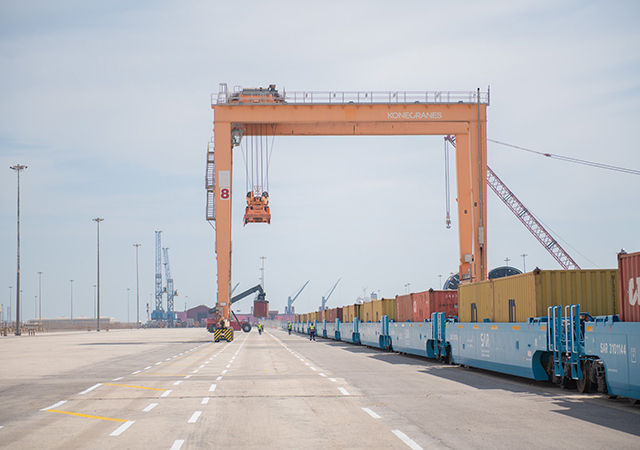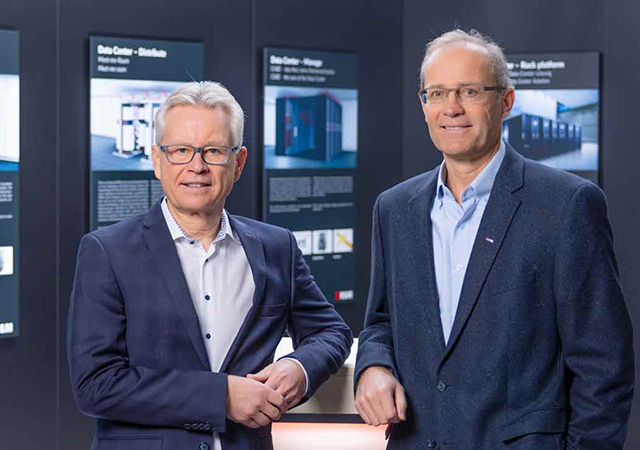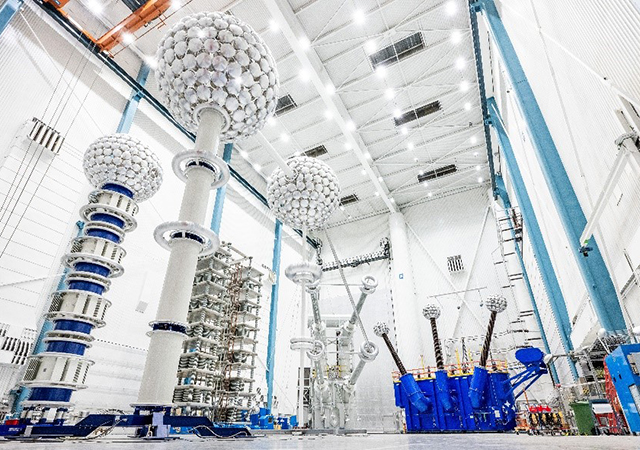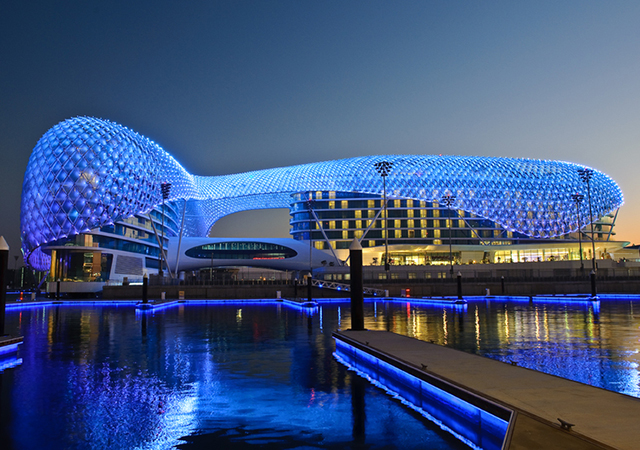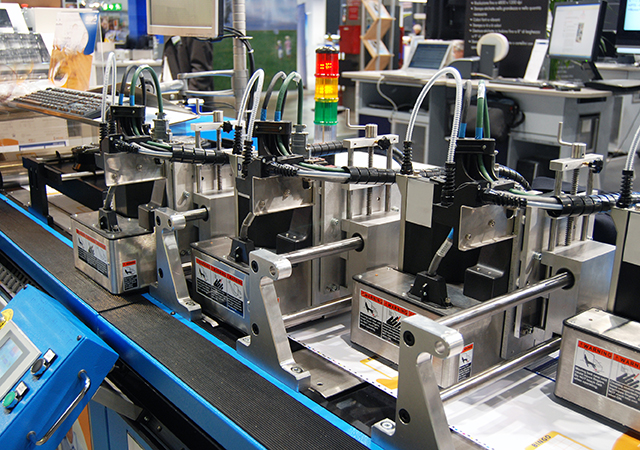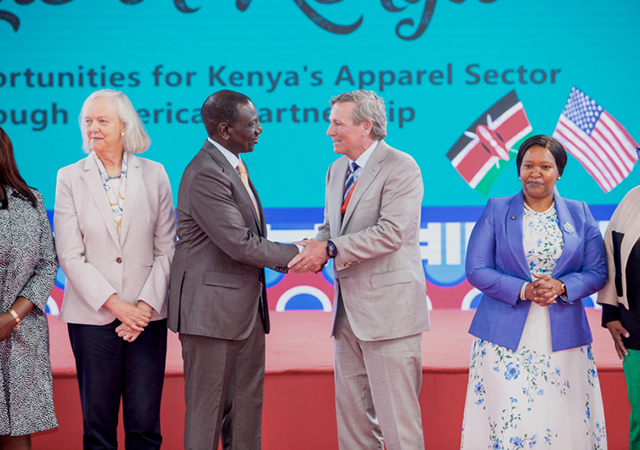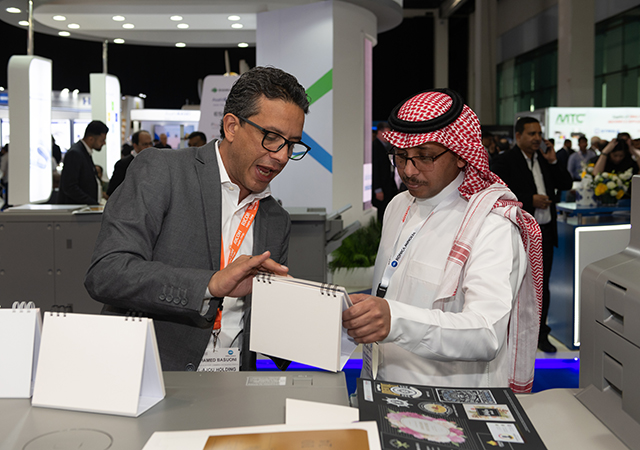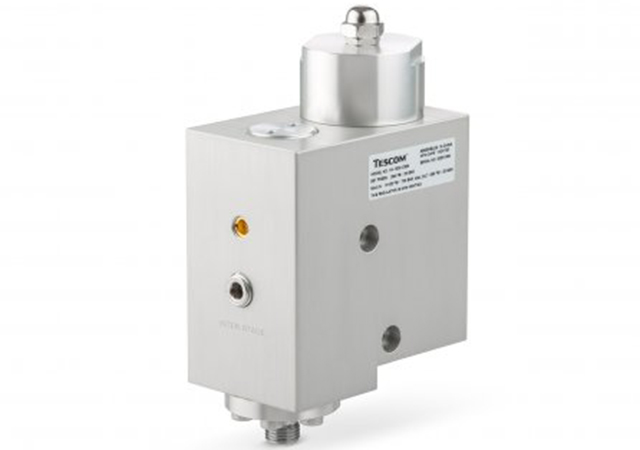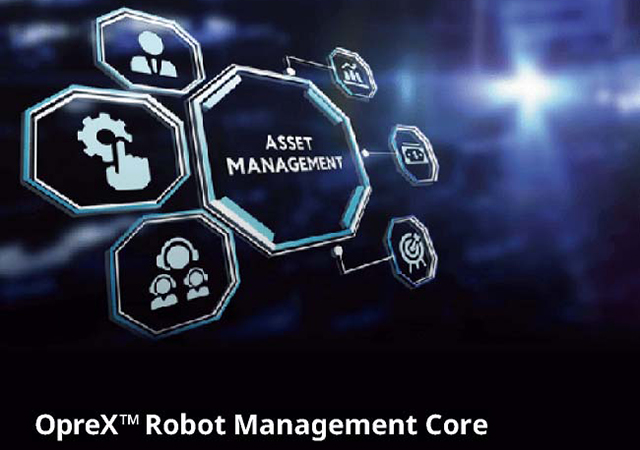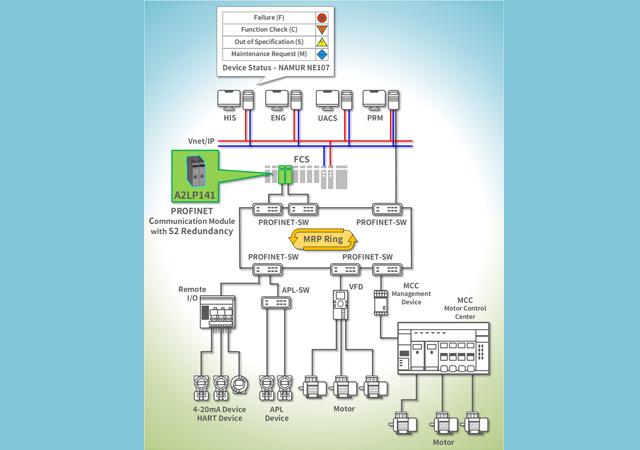
 Duqm crude storage terminal
Duqm crude storage terminal
Located approximately 550 km to the south of Muscat in the Al Wusta region, the port town of Duqm, once a small sleepy town, is now the epicentre of frenzied economic activity, with consortiums making a beeline to move in and start new ventures.
Today, Duqm has attracted some $11 billion in investment for various projects, which include a major refinery and a series of industrial ventures by Chinese investors, according to a top official at the Special Economic Zone Authority Duqm (Sezad).
These projects, which are expected to change the face of Duqm as a major manufacturing and trans-shipment hub, range from a $2.3 billion methanol venture to a $406 million-power project and a five-star hotel.
The major projects, which are in different stages of planning and implementation, include a 230,000 barrels per day-capacity refinery, a methanol-to-olefin project, a coal-fired power project, an automobile unit, a project for manufacturing solar panels, a five-star hotel, a desalination plant and a sabacic acid unit.
“It (investment attracted to Duqm) was a success. We are also looking at some more projects, including a pharmaceutical company from India,” Lee Chee Khian, chief executive officer of Sezad, said in a report.
“At a later stage, we will have a high-end electronic industry (in Duqm). We are in discussion with a medical devices firm (in India). A few Indian companies are also interested in setting up pharmaceutical projects in Duqm,” Khian said.
“All these projects will help the government›s objective to make Duqm a transshipment hub,” he added.
The proposed methanol-to-olefin factory plans to produce two major petrochemicals – methanol and olefin – using natural gas as feedstock at Duqm. The project, which has an envisaged capacity of 10 million tonnes per year, is planned by Chinese petrochemicals corporation Mingyuan Holdings Group Co.
Sebacic acid, which is used for manufacturing high performance engine oil and lubricants, adhesives, engine coolants, bio-degradable packaging, sub-sea pipe and cable coatings, aerospace polymers, anti-corrosion applications and bio-plastics, is manufactured from castor oil (vegetable oil). The project, which is a 100 per cent export-oriented unit, will have a capacity to produce 30,000 tonnes of Sebacic acid per year and will be commissioned by the end of 2017.
Among the major industrial ventures, the total cost for building the refinery is estimated at $7 billion, while the expected capital expenditure for a methanol-to olefin project is some $2.3 billion.
Other projects, several by Chinese investors, are in the pipeline and agreements have yet to be signed for these ventures, Khian said in a report.
AMBITIOUS PROJECT
Forbes magazine has described the recent agreement for the establishment of an industrial city in Duqm Economic Zone as among the most ambitious projects that China has invested in Asia and the Middle East and Africa.
The magazine said a year ago, the Sultanate signed a deal and opened the doors for a Chinese consortium to move in and do what they seemingly like to do best: build a new boomtown after constructing dozens of full-scale new cities and completely re-develop dozens more in the Sultanate.
 |
|
The proposed refinery in Duqm will have a processing capacity of 230,000 barrels per day |
Ten Chinese firms have already signed land lease agreements with Oman Wanfang – a consortium of six Chinese private firms and the master developer of China Oman Industrial Park in Duqm – for building various projects totalling an investment of $3.06 billion in April this year. And the second phase of the investment programme will start after completing feasibility studies on various projects.
The China Oman Industrial Park, which is spread over a huge area of 11.72 sq kms, is divided into three main sections–heavy industrial area, light industrial area and mixed-use area. Oman Wanfang will develop, manage and attract direct foreign investment from China for building a host of light, medium and heavy industries and tourism projects.
Forbes magazine also said that the new city will turn the region into a vital nerve centre of global trade and manufacturing and a vibrant port through an array of other “mega-ventures.”
In total, some 35 projects will be undertaken, including 12 heavy industries projects including plants for mass concrete production, building materials and their associated industries, glass factory, methanol and other chemical materials plant, steel smelter, aluminum smelter, auto tyres plant, anticorrosion building materials, magnesium extraction from the sea water, aromatic chemical plants and other industrial projects as well.
The light industries area comprises 12 projects that include 1 GW of solar energy, 1 GW of batteries and manufacturing 10,000 special 4WD vehicles, production of oil, gas and digging pipes and materials, production of 0.5 million tonnes of coloured sheets, bicycle assembly, textile production, games and other assorted projects.
It also includes eight multi-use projects, such as a training centre, a school, a hospital, offices and sports centre. In the tourism area, there will be a five-star hotel.
The planned projects in the second phase include a machinery assembly plant, a food processing project, a major refinery and a manufacturing unit for building materials, a top level official at Oman Wanfang said.
“Our plan is to build 35 projects (which include 10 projects in the first phase). This could change, depending on land availability and market conditions,” said Ali Shah, chairman of Oman Wanfang.
According to Shah, it will take one to one-and-a-half years for the second batch of companies to sign land lease agreements with Oman Wanfang. These companies are now conducting market/feasibility studies on the proposed projects in Duqm. Unlike the first group of 10 companies, the second batch may come and sign pacts in small groups, rather than all companies signing the agreements in one batch.
VITAL GAS NEGOTIATIONS
He further said the companies that signed agreements in April are conducting feasibility studies and trying to complete procedures in China since investments outside the country needs special approvals. A Chinese group, which is planning to build a second major refinery in Duqm, is trying to negotiate with the oil and gas ministries of Oman and some other Gulf countries for securing crude oil for its proposed refinery.
The proposed refinery, which will have a processing capacity of 230,000 barrels per day, will be similar in size to the $5.65 billion-Duqm Refinery currently under construction at the free zone.
Now, the Chinese group is negotiating for sources of crude for feeding the refinery. The Chinese Association for Chemicals is conducting a feasibility study now. It takes a long time – at least one year to complete the feasibility study, Shah said.
Meanwhile, Khian noted that additional investment in Duqm would depend upon the availability of natural gas in the special economic zone. “Investors cannot commit billions of dollars without an assurance of natural gas,” Khian said, adding, “If the price of natural gas is high, no one will come. It has to be on par with international prices (to make the projects feasible).”
Natural gas production in Oman will get a boost once BP starts production from its Khazzan tight gas project, which is expected to add 1 billion cubic feet of gas per day, starting at the end of the year.
The work to lay pipeline between Saih Nihyada and Duqm for transporting natural gas has already been started by an Egyptian company, which won the contract. Oman Gas Company is responsible for building the 221 km-long pipeline.
In fact, the Oman government has been attempting to attract foreign investment to enhance diversification programmes with a vibrant industrial base, amid a drop in oil revenue. And the Sultanate is pinning hope on attracting sizable foreign investment at Duqm to make it a trans-shipment hub, which will boost economic activity.
Khian also said that the levelling work and internal road construction at the China-Oman Industrial Park have already begun. The conceptual design of the industrial park is also progressing.
Referring to the proposed 350 km-long railway corridor between Al Shuwaymiyah and Duqm, he said that Oman Rail has to conduct a detailed feasibility study on the viability of the project. The company has to also determine the mineral deposits in mining areas, especially daily cargo movements and how long it can be transported to the port. Metallic minerals found in Oman include chromite, copper, gold, silver, manganese, lead, zinc and laterite. Non-metallic minerals include limestone, dolomite, gypsum and silica sand.
In addition to being a cluster of industrial operations, the China Omani Industrial City will provide job opportunities and homes for 25,000 people, complete with schools, medical facilities, office complexes, and entertainment centres – which includes a five-star tourism zone.

